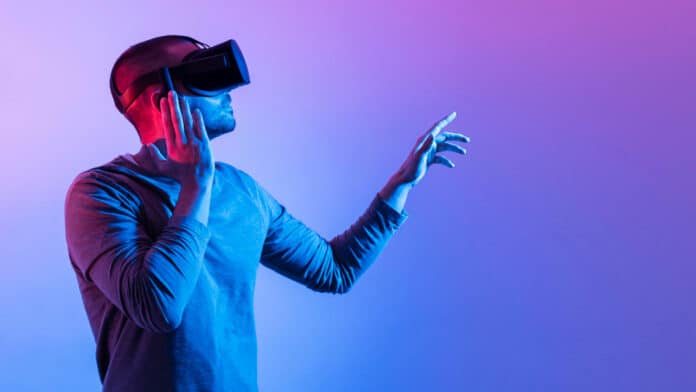Occupational hazards are rising in Korea, particularly in the construction sector. According to a report on the ‘Occupational Safety Accident Status’ by Korea’s Ministry of Employment and Labor, the industry accounted for the highest number of accidents and fatalities among all sectors in 2021.
The Korea Occupational Safety and Health Agency has been providing virtual reality (VR)-based construction safety content to daily workers as part of their educational training initiatives. However, the current training evaluation methods lack immediate feedback from participants for personal learning performance evaluation.
Now, a team of researchers from Incheon National University has developed a new framework that utilizes real-time biometric data during VR training to improve personalized safety and prevent occupational hazards.
Current VR-based construction safety training methods have faced some challenges, including a lack of adaptive instructions and a limited evaluation process. To address these issues, researchers have introduced immersive VR-based safety content and post-written tests, but these tests have limitations in terms of immediacy and objectivity. Additionally, cognitive characteristics may change during VR-based training.
To address this, a team of researchers led by Associate Professor Choongwan Koo has proposed a new machine-learning approach that uses real-time biometric responses to forecast personal learning performance in VR-based construction safety training.
“While traditional methods of evaluating learning outcomes that use post-written tests may lack objectivity, real-time biometric responses, collected from eye-tracking and electroencephalogram (EEG) sensors, can be used to promptly and objectively evaluate personal learning performances during VR-based safety training,” explains Dr. Koo.
The researchers conducted a VR-based construction safety training with 30 construction workers and measured their biometric responses, such as eye movements and brain activity, during the training. They also collected data from surveys before the training and written tests after the training. They used this data to create machine-learning-based forecasting models to evaluate the overall personal learning performance of the participants during VR-based safety training.
The team found that the simplified forecast model (SM) demonstrated higher accuracy in predicting personal learning performance than the full forecast model (FM), making it the best option for practical use.
This study could significantly improve personal learning performance during VR-based construction safety training, prevent safety incidents, and foster a safe working environment. They also suggested that future studies should include different types of accidents and hazards in VR-based safety training.
